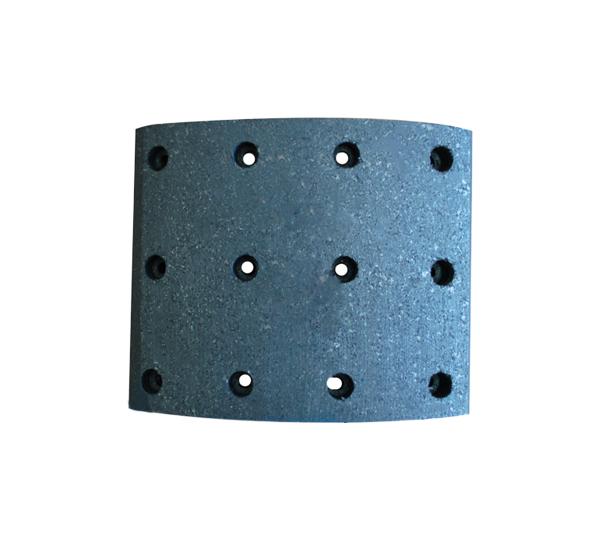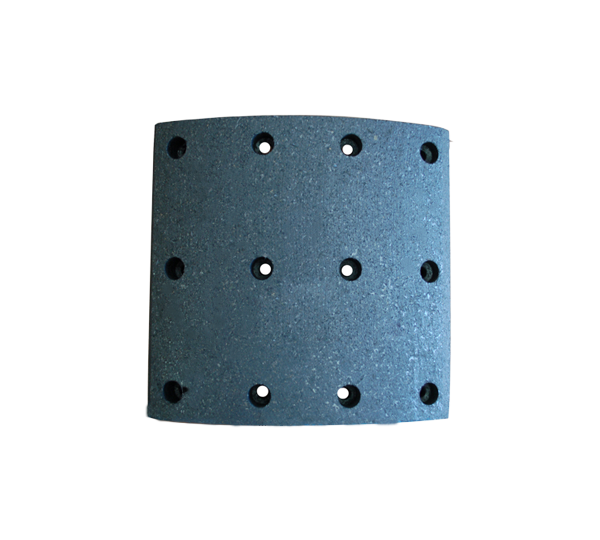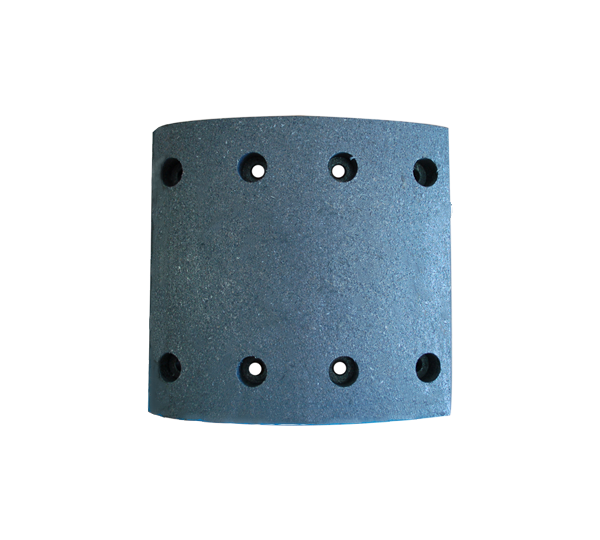Needless to say, the importance of the car braking system, car owners should be very clear, once a problem occurs, it will be more troublesome to deal with. The braking system generally includes the brake pedal, brake booster, brake warning light, handbrake, and brake disc. As long as there is any fault, it should be paid enough attention. Take the brake pad as an example. Although it is not necessary to replace them too frequently, you must pay attention to the mileage or cycle when replacing them. If they are not replaced for too long, their performance will be greatly affected. So, how many kilometers to change the brake pads, do you have to replace the original ones?
Although the replacement of brake pads is closely related to mileage, the two are not positively related. In other words, there are other factors that affect the replacement cycle of brake pads, such as the driving habits of car owners, the car environment and so on. For the vast majority of ordinary car owners, the brake pads can be replaced once every 25,000-30,000 kilometers. If the driving habits are good, they usually rarely step on the brakes with big feet, and the driving conditions are not bad. If you are traveling after get off work, you can appropriately extend the replacement cycle of the brake pads. In fact, car owners can also use the following methods to determine whether the brake pads need to be replaced.
First, you can check the thickness of the brake pads. The thickness of the new brake pads is about 15 mm. After long-term use, the brake pads will become thinner and thinner due to wear. If you find that the thickness of the brake pads is only about one-third of the original thickness, which is about 5 mm, then you can consider replacing the brake pads.


Secondly, you can also feel the wear level of the brake pads by stepping on the brakes. If the normal driving brakes make a squeaking sound similar to the conflict between the iron and the iron, then it can be shown that the brake pads have been worn very seriously and need to be replaced as soon as possible, otherwise the brakes may fail. Of course, this method is still difficult to directly see the thickness of the brake pads. Since there are many other noises when the car is driving, such as wind noise and tire noise, these noises are likely to cover up the brake pads when the brakes are applied. sound. In addition, for some old drivers with rich driving experience, the degree of wear of the brake pads can also be judged by the feeling of stepping on the brakes. It is more difficult to step on the brakes softly, and the braking interval is significantly longer, which can also explain the brake pads. Needs replaced in time.
Does the replacement brake pads have to be original ones? In fact, this is not necessarily, the most important thing is to see the quality and performance of the brake pads, as long as you are satisfied with these two points, you can. Secondly, when replacing the brake pads, you should pay attention to the conflict coefficient. If it is too high, it will cause the wheel to lock. If it is too low, it will not be able to brake. Choose a moderate conflict coefficient. Of course, the comfort of the brake pads should also be considered. For example, some brake pads make a lot of noise when they are stepped on, and even emit smoke, odor, dust, etc. Such brake pads are obviously unqualified and should be replaced as soon as possible.
The difference in the wear speed of the brake pads is a common phenomenon. Under normal conditions, the wear speed of the brake pads of the two front wheels of the car should be the same, and the wear speed of the two rear wheels should be the same. The front wheels of most cars wear out faster than the rear wheels, and the rear brake pads are changed only once after changing the front brake pads twice. This is due to the forward movement of the vehicle's center of gravity when braking. Looking at the wear condition of the brake pads, it is sometimes found that one side is worn to the limit, and the other side is still very thick. What's going on?
Most of the reasons are caused by the poor return of the brake wheel cylinder. When the brakes are not applied, the gap between the brake pads and the brake disc is very small, and the two are next to each other, so that the brakes can respond quickly when the brakes are applied. When the brake is stepped on, the piston of the brake cylinder moves outward, applying force to the brake pads, the two brake pads will clamp the brake disc, and the pads and discs collide with each other to generate braking force. When the brake is released, because there is no braking force, the piston of the brake cylinder moves back, and the brake pads quickly recover to the initial state. However, if the piston of the brake cylinder on one side is not returned properly, even if the brake is released, the piston still does not go back or goes back slowly, and the brake pads will suffer additional wear, and the brake pads on this side will wear faster. I have encountered a few cars where the piston of the wheel cylinder is stuck, and one side wheel has been in the condition of light braking.
In addition to the stuck piston, if the guide pin of the sub-pump is not smooth, it will also lead to poor return. The sub-pump can move left and right and needs a slideway. The slide is the guide pin, which moves on the guide pin. If the rubber sleeve of the guide pin breaks and enters a lot of dust and dirt, the conflict resistance is greatly increased. Perhaps the brake pads were changed incorrectly and the guide pins were bent. In these two conditions, the moving speed of the wheel cylinder will also be hindered, and the brake pads will wear quickly.
The above are the two most common reasons. The speed difference mentioned here is very different. For example, one side is worn out, and the other side is still half or one third. If the difference is not large, the wear degree of the brake pads on both sides of all cars will not be completely the same, and will be different. Because the force of each brake pad is different when braking under different road conditions, for example, when braking while turning, the center of gravity of the car will shift to one side, and the braking force of the wheels on both sides will be different, so the wear of the brake pads cannot be completely the same. , can only say roughly the same.
Can the brake wheel cylinder return badly when driving? When braking, you can feel it, and the brakes will deviate, because the difference between the left and right braking forces will be relatively large. If you are completely stuck in the braking situation, you can also feel the start and acceleration, and you will feel that the car is particularly heavy, like pulling the handbrake. Some will hear a squeaking conflict, and the hub on this side will also be abnormally hot. In short, the car will feel abnormal when driving, and it is necessary to check it in time at this moment. It is still dangerous for the brakes to deviate, and the driver cannot control the direction at all, especially when the speed is fast.


 English
English 中文简体
中文简体









